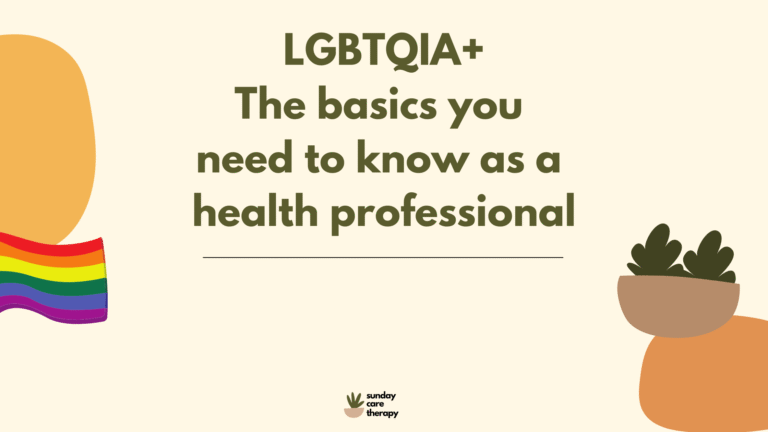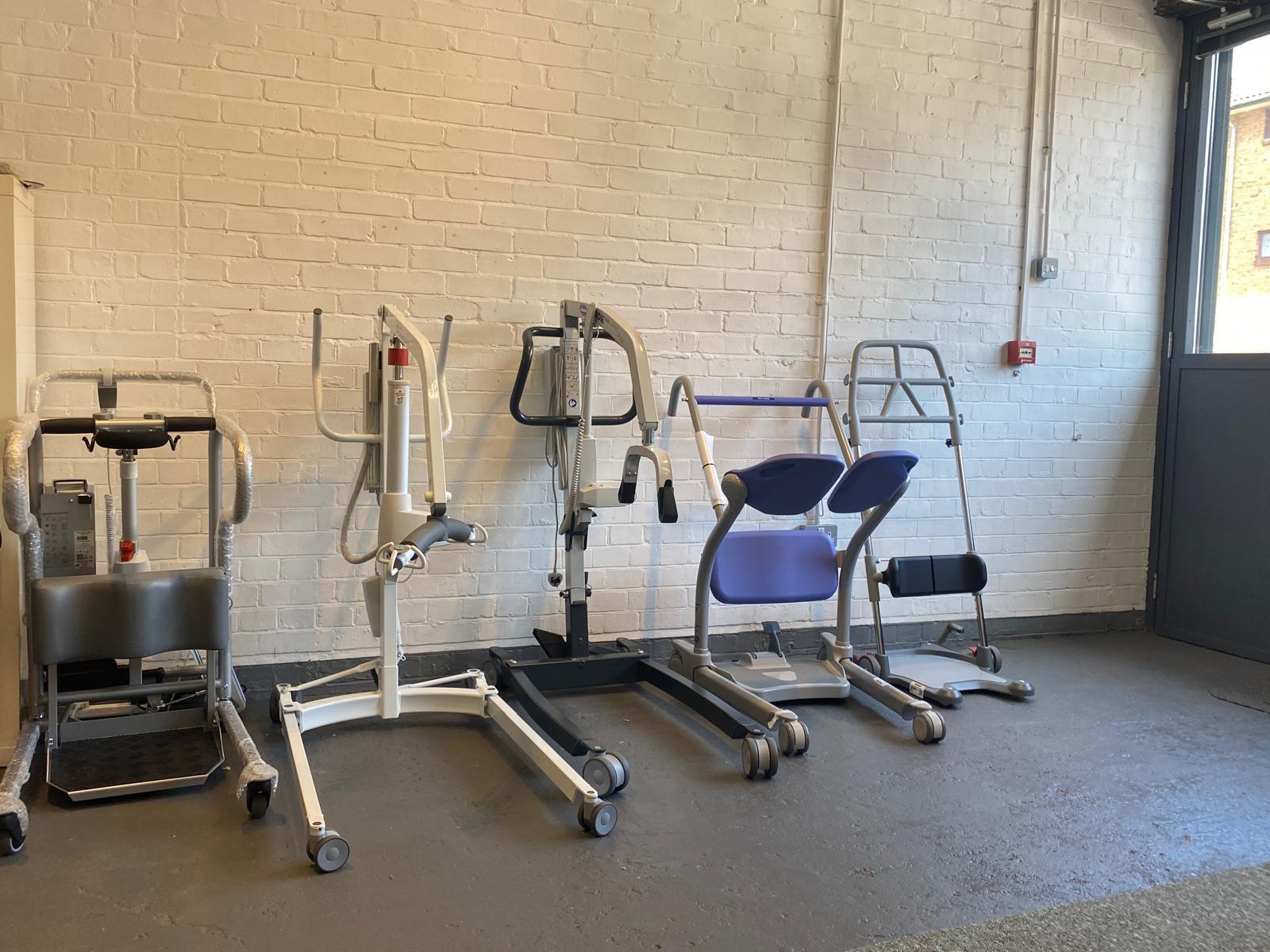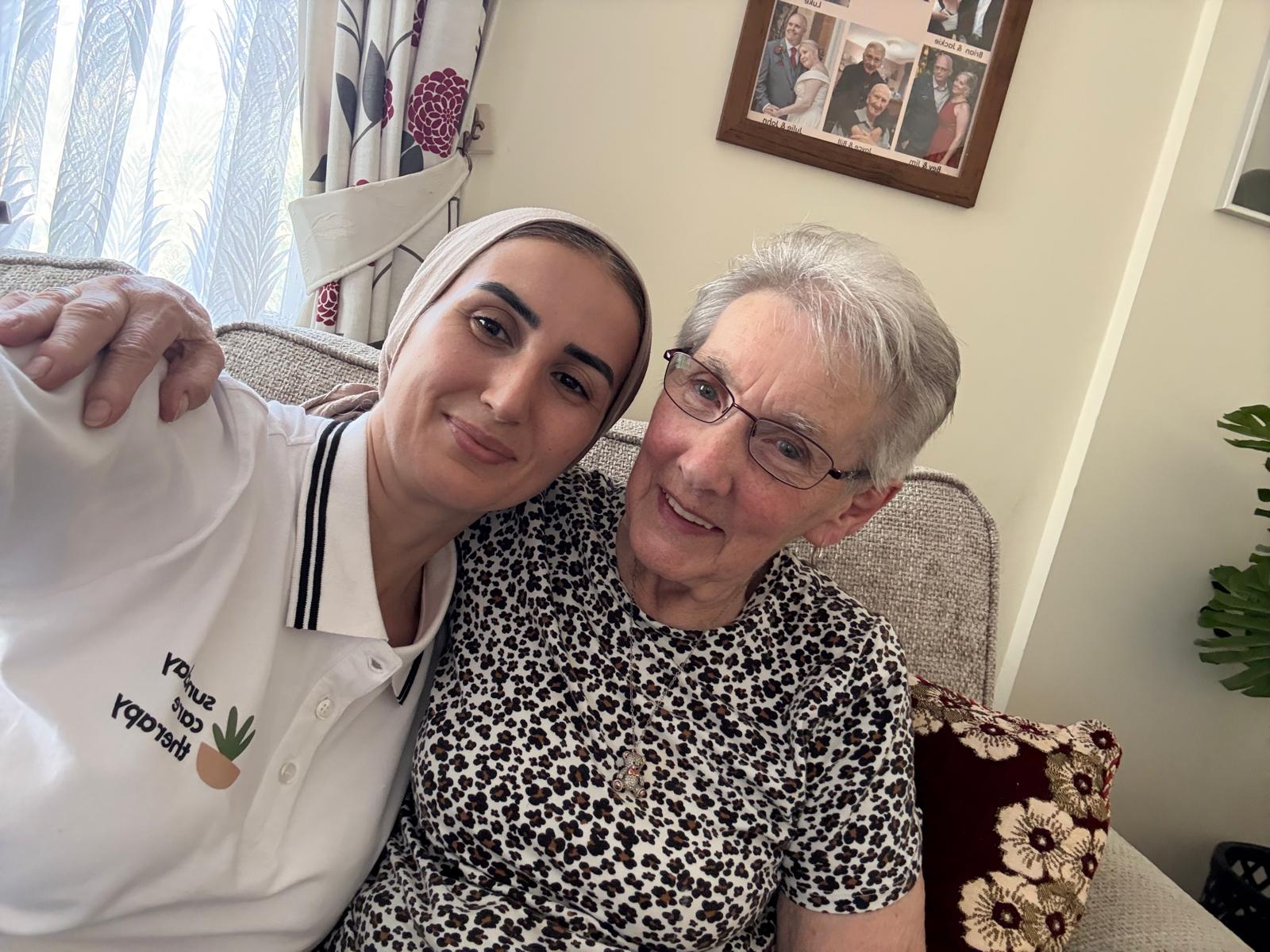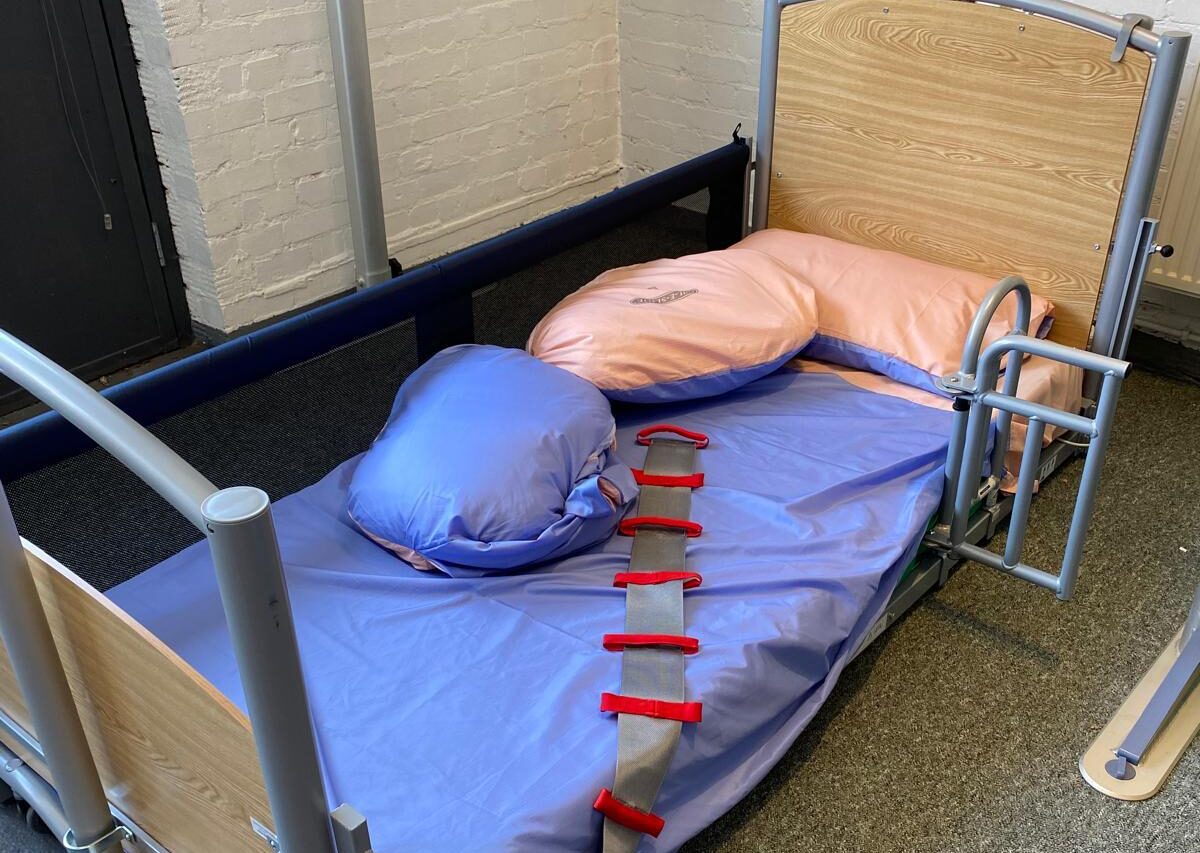Did you know February is LGBT+ History Month in the UK? It’s a topical time to learn the basics of the LGBTQIA+ community in order to serve them better as an allied health professional or carer.
Why you need to understand LGBTQIA+ basics as a Health Professional
Are you an Occupational Therapist, Allied Health Professional., Carer or Health Care Assistant?
If you are a health and social care professional and think, well this doesn’t really effect me, I’m not party of the LGBT+ community and have zero issues with anyone being gay or lesbian… then this is the blog for you!
Have you ever asked yourself?
-
What does LGBTQIA+ stand for?
-
What is the difference between sex and gender?
-
What are pronouns?
-
Why does this matter for me, if I’m not part of the community?
Read on as we answer all your questions!
Why is there a LGBT+ history month anyway, why is that even a thing? It is all about basic human rights, and about acknowledging that one person does not hold more weight in society as apposed to any one else.
In the UK we are lucky to have our rights protected by the Equality Act 2010, with nine protected characteristics, you must not be discriminated against regardless of your
-
Age,
-
Disability,
-
Marriage or civil partnership
-
Pregnancy and maternity,
-
Race,
-
Religion,
-
Sex
-
Sexual Orientation
-
Gender, including reassignment.
This isn’t just a UK issue. At present, the sexual orientation of an individual is accepted as a basic human right in many countries (Morrison & McDermott, 2009).
As a health and social care professional (including carers) you are going to meet all types of people from all walks of life.
According to the Office for National Statistics Sexual orientations, UK 2018 report, the proportion of the UK population identifying as heterosexual decreased from 95.3% in 2014 to 94.6% in 2018. That is over 5% of the UK population, aged 16 or over. Over 1.2 Million people identify as part of the LGBT+ community.
Within your time as a health & social care professional is it inevitable that you will either work with or treat someone from the LBGT+ community.
We believe, that therefore you have a professional obligation to have just the basic understanding of this community and how sexual identity impacts on therapeutic interventions, dignity, respect, quality of life and engagement in treatments.
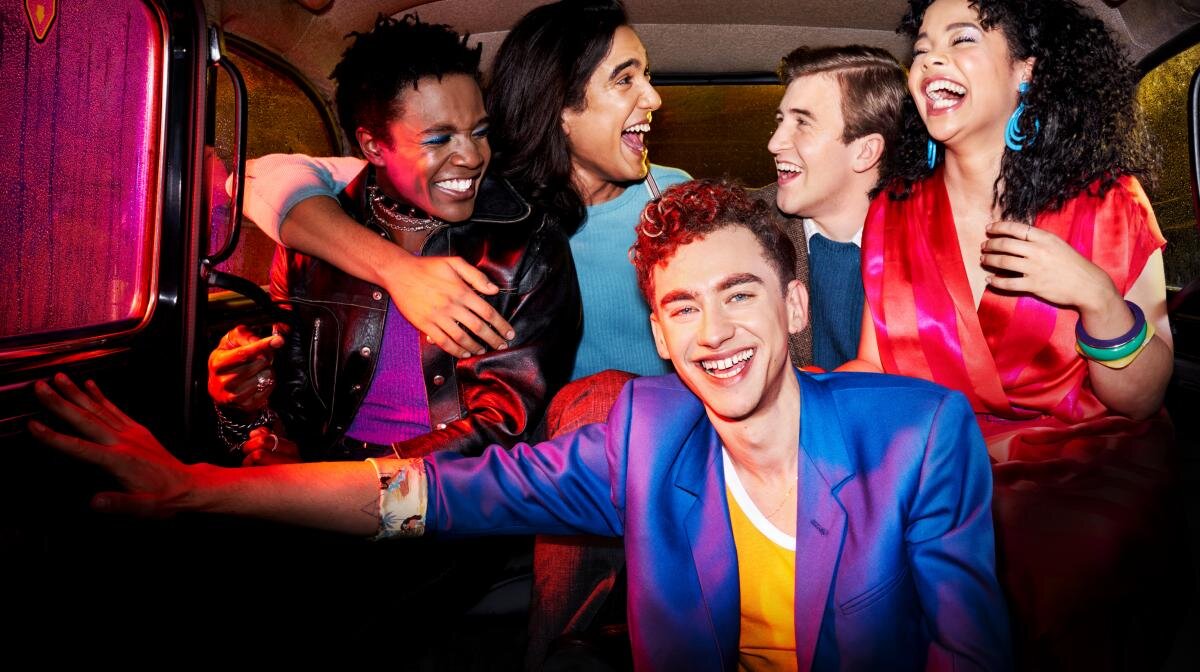
In early 2021, Channel 4 launched a great television show called “It’s A Sin” (above) – it showcased what life was like for the LGBT+ community in the 1980’s in the UK, living through the AIDS epidemic.
Of course, a lot has changed for the better since then, but it’s important to note that the healthcare system was one of the main offenders where LGBT+ elders experienced a lack of control over their lives due to being labeled as ‘mentally ill’ or ‘needed to be cured’ even at the end of life and with AIDS. Patients were frequently locked away from society and family for the protection of the public. (Brotman, Ryan, Cormier, 2003).
As a health & social care professional it is essential you understand the history of the LGBT+ community and how particularly in the older community there may be a sense of mistrust due to past experiences. If mistrust exists, it is going to have an impact on our ability to engage in therapeutic activities.
This is also compounded by a term know as ‘Minority Stress’. The minority stress theory first described by Meyer in 2003 outlines the stress that individuals within minority groups experience as a result of being a member of a minority group or section of society that has or is oppressed (Busa, Janssen, & Lakshman, 2018). In the LGBT+ community, individuals experiencing minority stress have been linked to a higher prevalence of mental health issues, due to the chronic stress experienced from prejudicial encounters like violence, discrimination, social exclusion, bullying and rejection that is often faced by this population (Austin & Craig, 2015).
By understanding the impact that minority stress can have on a person, we are well positioned to analyse how to overcome potential barriers in therapeutic activities.
What is the best way to understand and respect the LGBT+ community?
First, its all about understanding the language! Before you read on, can you guess some of the words the acronym stands for? Or any words the + might stand for?
LGBTQQIAAPD+
Lesbian, Gay, Bi-sexual, Transgender, Queer or Questioning, Intersex, Asexual or Ally, Pan-sexual and Demi-sexual.
Note that this list is not the final sent-for-approval-gay-stamped list. The “+” can and does represent anyone who does not want to feel labelled.
To put this into perspective, there are men who have sex with men (MSM), or women who have sex with women, (WSW) but may not identify as gay, bi-sexual or lesbian. This may be for personal choice, that they don’t like labels or simply, they don’t want to be part of a marginalised and stigmatised section of society. MSM and WSW is mostly a term used in the medical community, for education, research and prevention.
These terms are used to distinguish sexual behaviour from sexual identities. Someone can identify as straight and have sex with people of the same gender. Something we can get onto later.
A quick rundown of the terms you need to know:
-
Lesbian – Women who are sexually and or emotionally attracted to women.
-
Gay – Men who are sexually and or emotionally attracted to men.
-
Bi-sexual – Men and women who are sexually and or emotionally attracted to men and women
-
Transgender – someone whose gender identity or expression does not conform to what is expected based on the sex they were assigned at birth.
-
Queer – a term that was originally used as a slur against the community, but has now been reclaimed to mean an umbrella term referring to anyone who is not straight or not cisgender (we will get to that term too)
-
Questioning – anyone who is not sure how they identify, either sexually or by gender.
-
Intersex – Intersex is not associated with sexual orientation or gender identity, it is a term for people who naturally do not have biological traits which match the typical male or female identification.
-
Asexual – People who have a low or no sexual desire (this is a separate thing from emotional attraction)
-
Ally – All our cisgender and straight people who believe in social and legal equality for the LGBT+ community.
-
Pansexual – someone who is sexually and emotionally attracted to people regardless of their gender identity or sexual orientation.
-
Demisexual – Someone who is only sexually attracted to someone else only after an emotional bond has been formed.
This is not a definitive list or definitive definitions. As individuals can identify in the way that suits them best, at that particular moment in their lives.
Next let’s look at Gender
What is gender?
“Gender refers to the characteristics of women, men, girls and boys that are socially constructed.”
– World Health Organisation
The most important thing to understand here is that Gender is a “Social Construct.” Sex, referrers to the biological and physiological characteristics such as chromosomes, hormones and reproductive organs. Remember there is more than just male and female, there is also intersex which can cover a lot. So when we think about it, our Gender which is a social construct is completely separate from our sex, which is a biological expression.
If gender and sex are different, what does that mean for gender?
Here are some (potentially) new terms to understand gender a bit more:
-
Gender Identity – this is the way you describe how you feel your gender is. If gender is a social construct and your sex is separate, you can be born with a male sex, but your personal gender identity maybe female. (This is an attempt to make something complex simple to understand, of course we know that everyones experience of gender identity is unique) No one has the right to tell you what your gender identity is.
-
Gender Expression – this is the way you personally express your gender, this is very personal to us as individuals. It doesn’t have to do with gender identity, its just how you as an individual express your gender.
-
Gender Dysphoria – this is someone who is not comfortable with the gender that was assigned to them at birth and feel like it is not a representation of who they truly are. This can be extremely confusing and upsetting.
-
Gender Fluid – this is someone who doesn’t feel like or identify as having a fixed gender.
-
Cisgender – this is where the gender associated at birth matches your personal expression.
-
Non-Binary / Genderqueer – is someone who does not feel like either gender is a representation of them.
When we talk about gender it is a good place to introduce the term of transitioning. Transitioning is when a person who was not comfortable in the gender they where assigned, transitions to the gender they associate most with. Note Transsexual – is a term mostly used by Doctor’s to refer to someone who has had surgery as part of their transition.
The use of pronouns, – a pronoun is the word we use to refer to someone like, ‘he’, ‘she’ and ‘they’. If you’re not sure what to call someone, just ask. If you make a mistake then say you’re sorry and try to use the right words from then on.
Having a better understanding of LGBT+ community is not only advantageous to your practice, as it helps develop a more therapeutic relationship, but is an essential part in your role.
As an Occupational Therapist, I, Derek Sleater, founder of Sunday Care Therapy, adhere to the Royal College of Occupational Therapist (RCOT) principles and ethics. On the matter of equality, diversity and inclusion RCOT state –
“The principles of equality and diversity are core to the practice of occupational therapy. We believe that all people should be treated with dignity and respect, above all as equal members of society with the same choices, rights and privileges. Discrimination and prejudice have no place in our practice and no place in society” – RCOT
The Care Quality Commission (CQC) in 2019 set out how care providers should consider people’s relationships and sexuality needs, with a new guidance.
The guidance “…covers a diverse range of often complex issues, including supporting people to form and maintain relationships, while also helping them to understand risks. It also highlights the importance of offering an environment that is welcoming to LGBT+ people, as well as looking at how to support those with physical disabilities.” – CQC
At Sunday Care Therapy, we aim to not only respect your personal choice for gender and your given sexual identity (and understand that this part is not a choice) but we want you to thrive as the person in all aspects of your life.
If you have any other questions regarding your role as a carer or Occupational Therapist in the LGBT+ community do let us know, we are here to help. Contact us at hello@sundaycaretherapy.com or find us on Instagram or Linkedin.
Remember, it’s not about getting it right first time, it’s about acknowledging the difficulty and trying to get it right next time.
This was written by an Occupational Therapist, Derek Sleater, Co-founder of Sunday Care Therapy.
Occupational Therapy is evidence-based, so please find research referenced listed below:
References –
-
Austin, A., & Craig, S. L. (2015). Transgender affirmative cognitive behavioural therapy: Clinical considerations and applications. Professional Psychology: Research and Practice, 46(1), 21-29.
-
Brotman, S., Ryan, B., & Cormier, R. (2003). The health and social service needs of gay and lesbian elders and their families in canada. The Gerontologist, 43(2), 192-202.
-
Busa, S., Janssen, A., & Lakshman, M. (2018). A review of evidence-based treatments for transgender youth diagnosed with social anxiety disorder. Transgender Health, 3(1), 27-33.
-
Meyer, I.H. (2003). Prejudice, social stress and mental health in lesbian, gay and bisexual populations: Conceptual issues and research evidence. Psychological Bulletin, 129(5), 674–697.
-
Morrison, T. G., & McDermott, D. T. (2009). Psychometric proper- ties of the support for lesbian and gay human rights scale. The Journal of Social Psychology, 149, 263e266.


